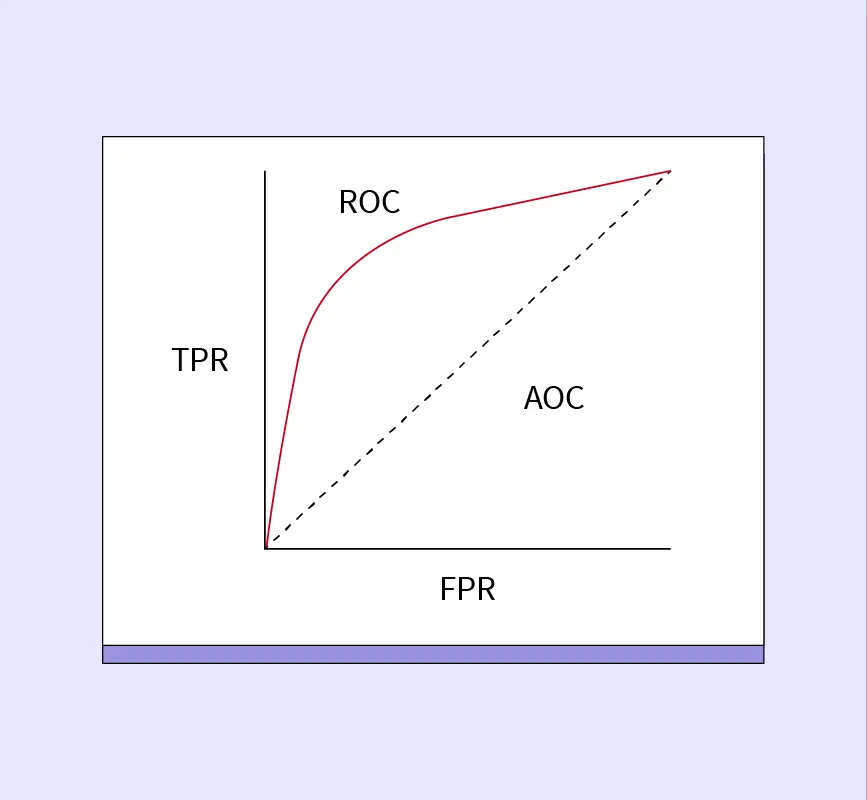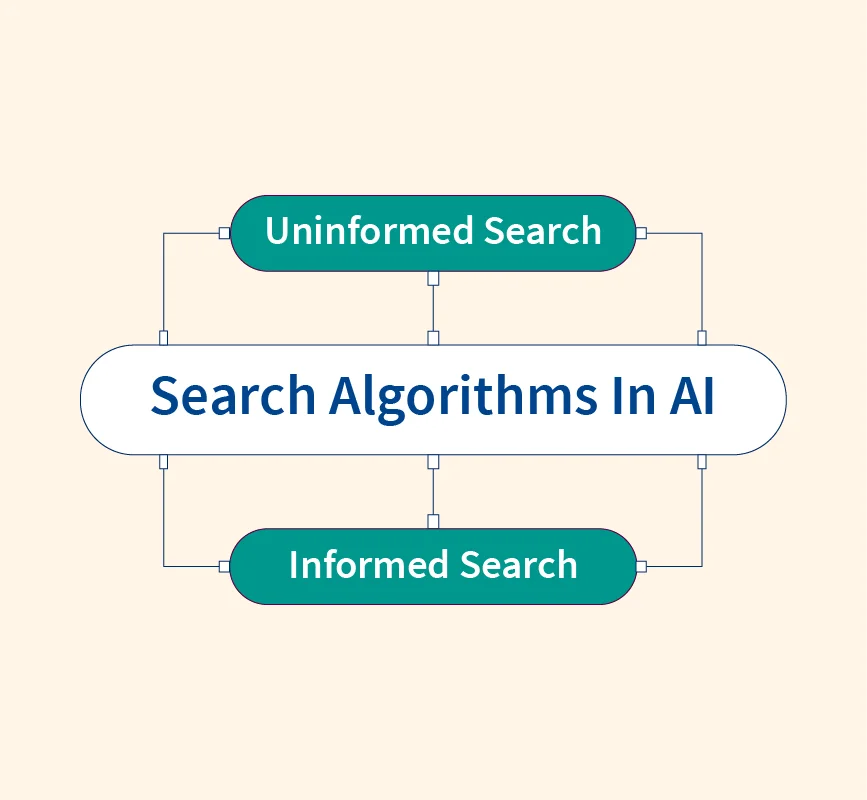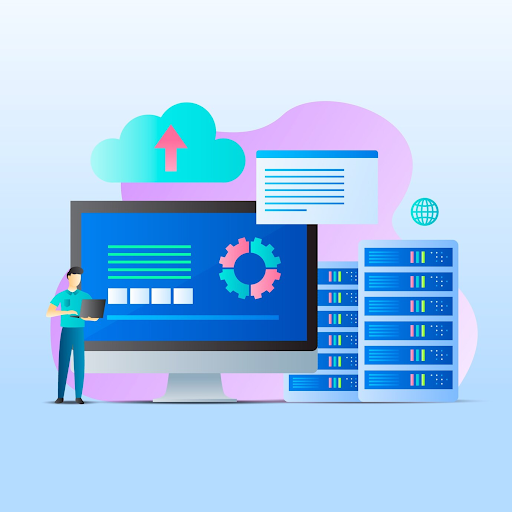Data transformation is essential for converting raw data into actionable formats that businesses can use effectively. It ensures data consistency and usability, playing a vital role in analytics, operations, and decision-making. It ensures that data is clean and ready to be used by machine learning algorithms. In a data-driven world, transformation helps businesses unlock the full potential of their data and gain a competitive edge.
What is Data Transformation?
Data transformation is the process of converting data from its original format into a new structure that meets specific business or analytical requirements. It modifies, reshapes, or aggregates data to ensure it is accurate, consistent, and usable across systems. Transformation enhances data quality, making it ready for reporting, analytics, and operational processes.
Types of Data Transformation
- Manual Transformation:
This approach involves human intervention, such as using spreadsheets or writing custom scripts to modify data. Manual transformation is suitable for smaller datasets or cases where customized attention is required to handle complex data challenges. - Automated Transformation:
Automated transformation uses tools, software, and algorithms to apply transformation rules efficiently. This approach processes large datasets at speed, reducing the chance of human error. ETL tools (Extract, Transform, Load) such as Talend, Microsoft Power BI, and Informatica are commonly used to automate data transformation. Automated methods ensure consistency and scalability, making them ideal for handling complex and recurring data processes.
Key Steps in Data Transformation
Data transformation involves several essential steps to ensure raw data is accurately converted into a meaningful format. These steps guide the process from data discovery to final validation, ensuring consistency and usability across systems.
1. Discovery: Identifying and Analyzing the Data
The transformation process begins with discovery, where analysts explore the data sources to assess their quality, structure, and relevance. This step helps in identifying patterns, inconsistencies, and missing information. Analysts determine the goals of the transformation based on business needs and define what modifications are required to align the data with those objectives.
2. Mapping: Defining the Transformation Rules
Mapping involves establishing the rules for converting data from its original format into the desired structure. This phase defines the relationships between data fields in the source and target systems. For example, mapping may involve renaming columns, converting data types (e.g., text to numerical values), or grouping data into categories. Analysts document these rules to ensure consistency and accuracy during execution.
3. Code Generation: Creating Scripts or Logic to Apply Transformation
In automated transformations, code generation is essential for applying the transformation rules. Developers write scripts using SQL, Python, or other programming languages to implement the logic. Alternatively, ETL tools generate the required code to automate the transformation process. Proper code generation ensures uniform execution across datasets and minimizes the risk of errors.
4. Execution: Applying the Transformation Rules
During execution, the transformation logic is applied to the data. This phase involves running scripts, queries, or ETL pipelines to process the data and convert it into the target format. The transformed data is then loaded into a database, data warehouse, or reporting tool for further use. Execution must be optimized to handle large datasets efficiently, ensuring that transformation does not impact system performance.
5. Review: Validating the Transformed Data
The final step is review, where the transformed data is validated to ensure it aligns with the transformation rules and meets business objectives. Analysts compare the transformed output with the original data to identify any discrepancies or errors. This step ensures the data is accurate, consistent, and reliable for use in analytics, reporting, or operations. If issues are found, they are corrected before the data is deployed.
Data Transformation Techniques
Data transformation involves several techniques that modify and reshape data to meet specific analytical or operational needs. Each technique serves a unique purpose, ensuring data quality, consistency, and usability for decision-making.
Data Cleaning
Data cleaning focuses on removing inconsistencies, errors, and duplicate records from datasets. This step ensures that the data is accurate and reliable for analysis. Examples include correcting spelling errors, handling missing values, and standardizing data formats across systems. Clean data minimizes the risk of incorrect insights and improves the overall quality of analytics.
Data Smoothing
Data smoothing reduces noise in datasets, helping analysts identify meaningful patterns more clearly. This technique is especially useful for time-series data, where random fluctuations can obscure trends. Common smoothing methods include moving averages and exponential smoothing, which smooth out data points to highlight key trends and insights.
Data Aggregation
Aggregation involves consolidating multiple data points into summaries such as totals, averages, or counts. It provides a high-level view of data, making it easier to analyze. For example, aggregating daily sales data into monthly or quarterly reports allows businesses to track performance trends over time without being overwhelmed by granular details.
Data Generalization
Data generalization replaces detailed data with higher-level concepts, simplifying analysis. For instance, individual transactions can be generalized into total revenue by category. This technique helps businesses focus on broader trends while minimizing the complexity associated with analyzing large volumes of detailed data.
Data Discretization
Discretization converts continuous data into discrete categories, making it easier to analyze. For example, customer ages can be grouped into ranges like “18-25” or “26-35.” This method simplifies data interpretation and is often used in predictive models where categorical data is required for better accuracy.
Combining/Integrating Data
Combining or integrating data involves merging datasets from multiple sources to create a unified view. This technique ensures that data from different systems can be analyzed together, providing more comprehensive insights. Integration is critical for organizations that rely on data from various departments, such as sales, marketing, and customer service.
Attribute Construction
Attribute construction creates new variables or features from existing data to enhance analysis. For example, calculating “Customer Lifetime Value” from purchase history adds depth to customer segmentation strategies. This technique supports more accurate predictive modeling by enriching datasets with relevant attributes.
Data Preparation vs. Data Transformation
Data preparation and data transformation are distinct yet interconnected processes that play critical roles in data management workflows. Data preparation involves cleaning, organizing, and formatting raw data to ensure it is accurate and ready for analysis. This process addresses issues such as missing values, duplicate records, and inconsistent formats, ensuring high-quality data for further use.
In contrast, data transformation focuses on converting prepared data into specific formats that align with analytical models, reporting needs, or system requirements. Transformation involves reshaping the data, such as aggregating sales data by region or converting continuous data into categories.
While both processes are essential, they serve different purposes. Data preparation ensures that the data is usable, while transformation makes the data meaningful for targeted use cases. For instance, preparation might involve correcting typos or handling null values, while transformation aggregates the cleaned data for monthly trend analysis.
These processes are often used interchangeably because they both involve manipulating data to improve quality and usability. However, preparation typically comes before transformation in the data pipeline, setting the foundation for effective analysis. Together, they ensure that businesses can unlock valuable insights and make informed decisions based on accurate, structured data.
Benefits of Data Transformation
Data transformation plays a vital role in ensuring that organizations can use their data effectively. It enhances data quality, usability, and accessibility, driving better decision-making and operational efficiency. Below are the key benefits of data transformation:
1. Data Consistency
Data transformation ensures consistency across multiple systems by standardizing formats and structures. When data is uniform, discrepancies between systems are minimized, resulting in more accurate reporting and analysis. Consistent data also enhances collaboration across departments, as everyone works with the same version of the data.
2. Data Utilization
Transformed data becomes more usable for analytics and business intelligence tools. By converting raw data into structured formats, businesses can generate actionable insights more efficiently. For example, aggregated sales data can be fed into dashboards, enabling quick performance reviews and trend identification.
3. Faster Data Access
Streamlined data transformation processes improve access to information, ensuring that decision-makers can retrieve the data they need without delays. Faster data access helps businesses respond quickly to market changes and emerging opportunities, giving them a competitive edge.
4. Compatibility Across Platforms
Data transformation ensures compatibility across different platforms and tools, enabling seamless data integration. When data from various sources is transformed into a common format, it can be easily merged and analyzed together. This compatibility ensures that businesses can leverage multiple systems without conflicts or data loss.
5. Better Quality Data
High-quality data is essential for accurate decision-making. Data transformation eliminates redundancies, corrects errors, and fills gaps, ensuring better data quality. Reliable data improves the credibility of reports and forecasts, helping businesses make sound strategic decisions.
6. More Accurate Insights and Predictions
Enhanced data quality and usability lead to more accurate insights and predictions. Predictive models perform better when built on transformed, well-structured data. This accuracy enables businesses to forecast trends, anticipate risks, and optimize operations effectively.
Challenges of Data Transformation
Despite its advantages, data transformation poses several challenges for businesses, particularly when managing large-scale datasets. Below are the key challenges associated with the process:
1. High Cost of Implementation
Implementing data transformation systems often requires substantial financial investment in tools, technologies, and infrastructure. Companies must allocate resources for software licenses, cloud services, and data storage solutions. Operational costs, including training and ongoing maintenance, also contribute to the overall expense.
2. Resource Intensive
Data transformation is resource-intensive, demanding skilled personnel and significant computing power. Organizations need experienced data engineers, analysts, and IT professionals to design and manage transformation workflows. Additionally, large datasets may require powerful servers and cloud platforms to process data efficiently, especially for real-time transformation needs.
3. Errors and Inconsistencies
Transforming large datasets introduces risks of errors and inconsistencies. Mistakes in transformation logic or coding errors can lead to flawed data outputs, impacting the accuracy of insights and decision-making. Inconsistent data may also arise when merging information from disparate sources, requiring additional efforts to validate and correct.
4. Compliance and Privacy Issues
Handling sensitive data during transformation brings compliance and privacy challenges. Organizations must ensure they comply with regulations such as GDPR or HIPAA, which govern data protection and privacy. Failure to follow these regulations can result in legal penalties and reputational damage, making it essential to handle data responsibly throughout the transformation process.
Reasons for Data Transformation in Business
Data transformation is essential for businesses to unlock the full potential of their data. Below are the primary reasons why organizations undergo data transformation:
1. To Improve Decision-Making
Transformed data provides accurate insights that drive better decision-making. With organized and structured data, businesses can analyze performance, forecast trends, and make informed strategic choices.
2. Enable Data-Driven Strategies
Data transformation supports the adoption of data-driven strategies, allowing businesses to base their decisions on evidence rather than assumptions. It empowers organizations to monitor KPIs effectively, optimize operations, and create actionable plans aligned with market demands.
3. Stay Competitive in the Market
In today’s dynamic environment, staying competitive requires rapid responses to changing market conditions. Transformed data allows companies to detect trends, anticipate customer needs, and seize new opportunities faster than competitors.
4. Achieve Regulatory Compliance
Compliance with data protection laws like GDPR or HIPAA is a critical reason for data transformation. Organizing data properly ensures that businesses handle personal information according to regulatory standards, avoiding potential penalties and reputational risks.
Businesses that transform their data efficiently can unlock valuable insights, foster innovation, and gain a competitive edge in their respective industries.
Examples of Data Transformation
Data transformation plays a crucial role across various industries by enhancing operational efficiency and driving better decision-making. Below are key examples of its applications:
Retail Industry
Retailers use data transformation to analyze customer behavior and purchasing patterns. By transforming raw data into actionable insights, businesses can create personalized marketing campaigns, such as product recommendations and targeted promotions. This tailored approach improves customer engagement and increases sales.
Finance Industry
In the finance sector, data transformation is critical for fraud detection. By aggregating and analyzing transactional data in real time, financial institutions can identify unusual patterns that may indicate fraudulent activity. This proactive approach helps prevent fraud, protecting both customers and the organization from potential losses.
Healthcare Industry
Healthcare providers transform patient data to create unified medical records, ensuring accurate and timely treatment. Data transformation enables seamless sharing of information between departments, reducing errors and enhancing patient care. It also supports clinical research by organizing data for analysis.
Manufacturing
Manufacturers rely on transformed data to perform predictive maintenance. Analyzing equipment performance data helps identify potential issues before they lead to downtime. This approach minimizes operational disruptions, extends equipment life, and reduces maintenance costs, contributing to higher productivity.
Data Transformation Tools
Several tools support data transformation by automating processes and ensuring accuracy. Talend offers robust ETL capabilities for large datasets, while Informatica specializes in data integration and management. Microsoft Power BI provides powerful visualization and transformation tools for business analytics. These tools streamline workflows, reduce manual effort, and enhance data quality.
Selecting the right tool is critical for successful data transformation. The choice depends on factors such as data volume, complexity, integration needs, and scalability. Proper tool selection ensures smooth transformation processes, aligns data with business objectives, and enables organizations to derive meaningful insights efficiently.
Conclusion
Data transformation is essential for converting raw data into meaningful formats, driving accurate insights, and ensuring seamless operations. By enhancing data quality, usability, and accessibility, businesses can make informed decisions and stay competitive. As data continues to grow, transformation will remain a vital process in today’s data-driven economy.
References:


